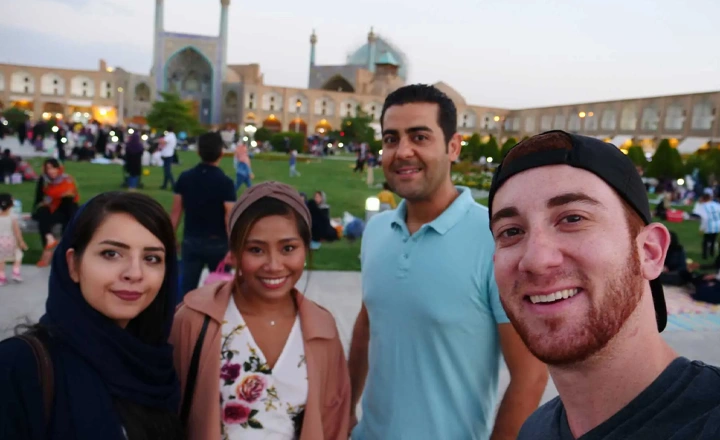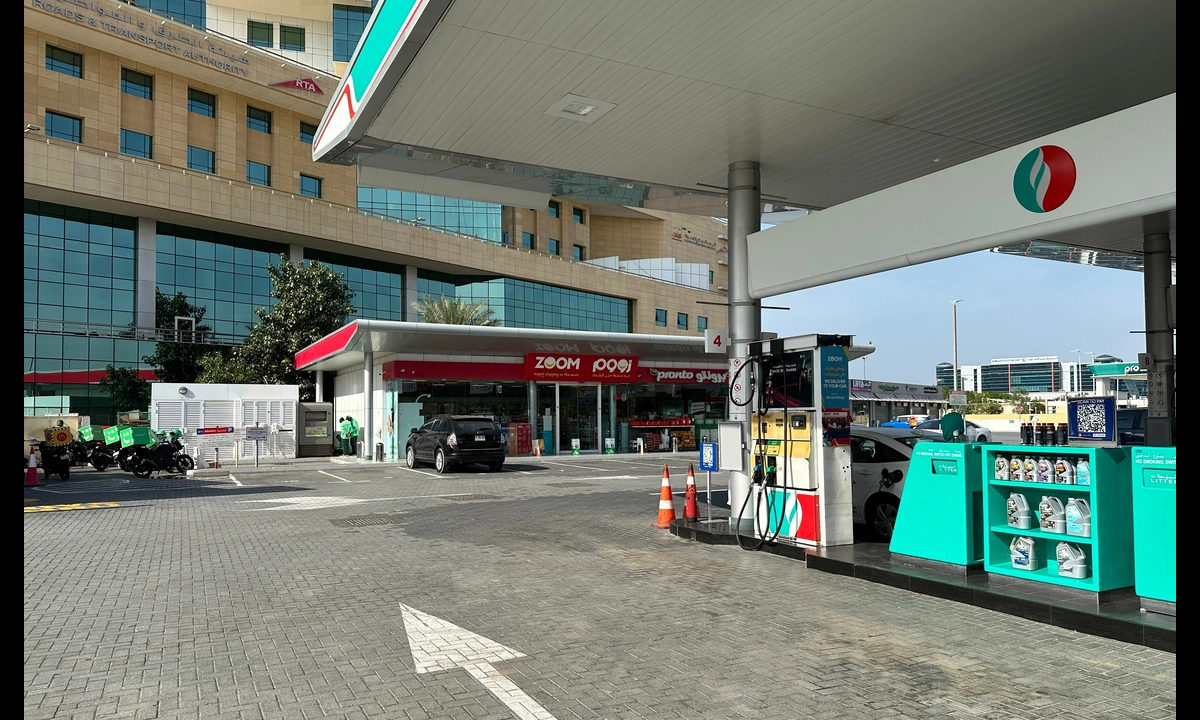Hijab in Iran. What to wear in Iran? | Women and men dress code
![]() Author : Alirezaa | Date : Saturday 16 November 2024 17:17
Author : Alirezaa | Date : Saturday 16 November 2024 17:17
![Hijab in Iran; What to wear in Iran? [Women and men dress code] Hijab in Iran](/storage/www/blogs/2023/eng/1402.09.20/hijab-in-iran.webp)
Traveling to Iran presents a unique cultural experience, especially when it comes to understanding and respecting local dress codes. In a country where Islamic law is prevalent, both women and men are expected to adhere to specific attire guidelines, with the hijab being a significant aspect for women. This article aims to demystify the dress code in Iran, breaking down stereotypes and offering practical advice for tourists. Keep it in mind that these rules are not that strict, specially for tourists.

Modern Interpretation and Fashion
Contrary to popular belief and media portrayals, the hijab in Iran isn't synonymous with conservative Arab dress codes. Iranian women have creatively incorporated fashion into their hijab, often wearing colorful scarves (shawls) and stylish manteaus (overcoats). This fusion of tradition and modernity showcases how Iranian women express themselves fashionably within the confines of the dress code.

Dispelling Common Stereotypes
- Black Chadors and Burqas: It's a myth that women in Iran must wear black chadors or burqas. The chador, a full-body cloak, is worn by choice, and the burqa is almost non-existent in Iran.
- Color Restrictions: Women are not restricted to black or dark clothing. In fact, a glance at Persian fashion bloggers reveals a vibrant array of colors in their attire.
- Strict Covering Rules: The law requires women to cover their hair, neck, and body, but it's not as rigid as often perceived. It's common to see hair peeking out from scarves or manteau sleeves revealing arms.

Guidelines for Tourists
- Women
Tourists are expected to follow the hijab law but with more leniency compared to locals. Basic requirements include:
- A scarf to cover the hair.
- A manteau or long clothes covering the arms and extending to at least mid-thigh.
- Pants and shoes (no specific requirements).
In major cities like Tehran, Shiraz, and Isfahan, the rules are relatively relaxed. However, in more conservative cities like Yazd or Kashan, adherence is more strictly observed. Religious sites, such as mosques and shrines, often require complete coverage, including a chador in some cases.

- Men
Men's dress code is less stringent. Key points include:
- Shorts are generally not acceptable in public.
- There are no specific requirements for tops, but modesty is appreciated.

Tips for a Comfortable Experience
- Research Beforehand: Familiarize yourself with the latest trends and norms in Iranian fashion.
- Follow Local Examples: Observe and take cues from locals, especially in different cities or at religious sites.
- Be Prepared: Carry an extra scarf or chador when visiting religious sites.
- Respect Local Customs: While the dress code might be different from what you're used to, respecting it ensures a more immersive and respectful cultural experience.

Last Word
understanding and respecting the dress code in Iran, especially the nuances of the hijab, is crucial for any traveler. By doing so, not only do you show respect for local customs, but you also enrich your travel experience in this culturally rich and diverse country.





